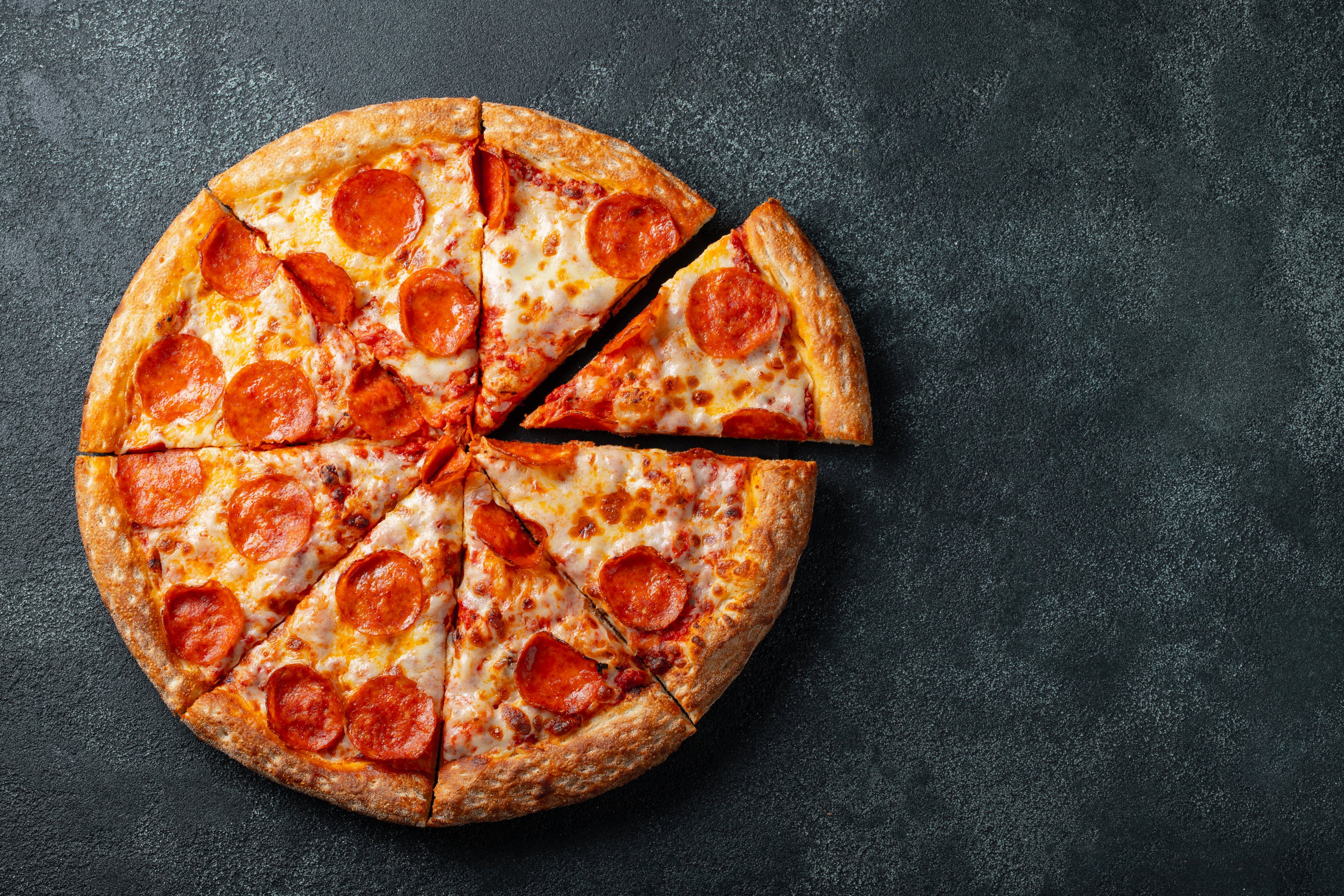
Source: Wikimedia Commons.
Like carrying coal to Newcastle or selling ice cubes to Eskimos, Domino's Pizza (DPZ 0.18%) expanding its delivery business into Italy might seem a tough sell, but the country arguably most synonymous with pizza could still be a growth market for the chain.
The pizzeria maintains 5,900 stores across 70 international markets that generated $242.6 million in revenues in 2013, but thus far Domino's has neglected the boot-shaped country. Despite pizza's prevalence, CEO Patrick Doyle says delivery isn't heavily represented there and that could give the chain an advantage over its rivals. Still, as promising as that sounds (then again, I've heard horror stories about driving in Italy), it won't be happening anytime soon. In a widely circulated interview with the Associated Press, Doyle says there are more important markets the pizzeria needs to conquer first before tackling Italy.
International markets have been kind to Domino's, producing positive same-store sales growth for 80 consecutive quarters. India represents its third-largest international market behind the U.K. and Mexico, but has become its fastest-growing one. Of the nearly 500 new restaurants the pizzeria opened around the world in 2012, 23% were in India, and it opened another 125 net stores there last year, or 22% of the total 573 international store openings.

Domino's Pizza, Hyderabad, India. Source: Wikimedia Commons.
One global market that might be as difficult to crack as Italy is Argentina, because, as Doyle notes, it's "very heavily, ethnically Italian." Yet Yum! Brands, owner of Pizza Hut, seems up to the coal-carrying, ice cube-selling task, noting earlier this year that Argentina was one of four emerging markets it entered in 2013 (Tanzania, Ukraine, and Mongolia being the other three). Of course, Yum! has failed several times in the past to crack that market and it may once again not succeed.
According to Pizza Magazine, the failure of large chains like Domino's or Yum! to break into Argentina is because the culture there looks for personalization, not standardization. However, Domino's says the nature of pizza invites just such adaptability. Doyle points out it's why pizza in Asia features fish; there are four-cheese pies in France; and elsewhere in Latin America it looks more like it does in the U.S.
Although the idea of a fast-casual pizza version of Chipotle Mexican Grill is only just gaining traction here -- though I'm convinced it's more fad than trend -- it would seem the customization such restaurant concepts offer would be transferable there as well. Similarly, the recently IPO'd Papa Murphy's, which lets you choose the ingredients you want before boxing up the pizza for you to take home to bake, would also translate well if it ever chose to go international.
Revenues at Domino's grew 4% last year and were up another 6% in the first quarter. More impressive was the 11% gain the pizzeria enjoyed internationally (16% ex-currency fluctuations), allowing for a better-than-17% expansion in net income.
Although its stock has peeled back some 13% from its 52-week highs, Domino's Pizza has for a while now been my favored pizza joint, ever since Doyle highlighted just how much his pies sucked. Its shares have more than tripled since then, four times better than the total return of the market as a whole. I don't think its phenomenal gains are finished yet, and investors could do worse than grab a slice of this pizzeria for their portfolios.







